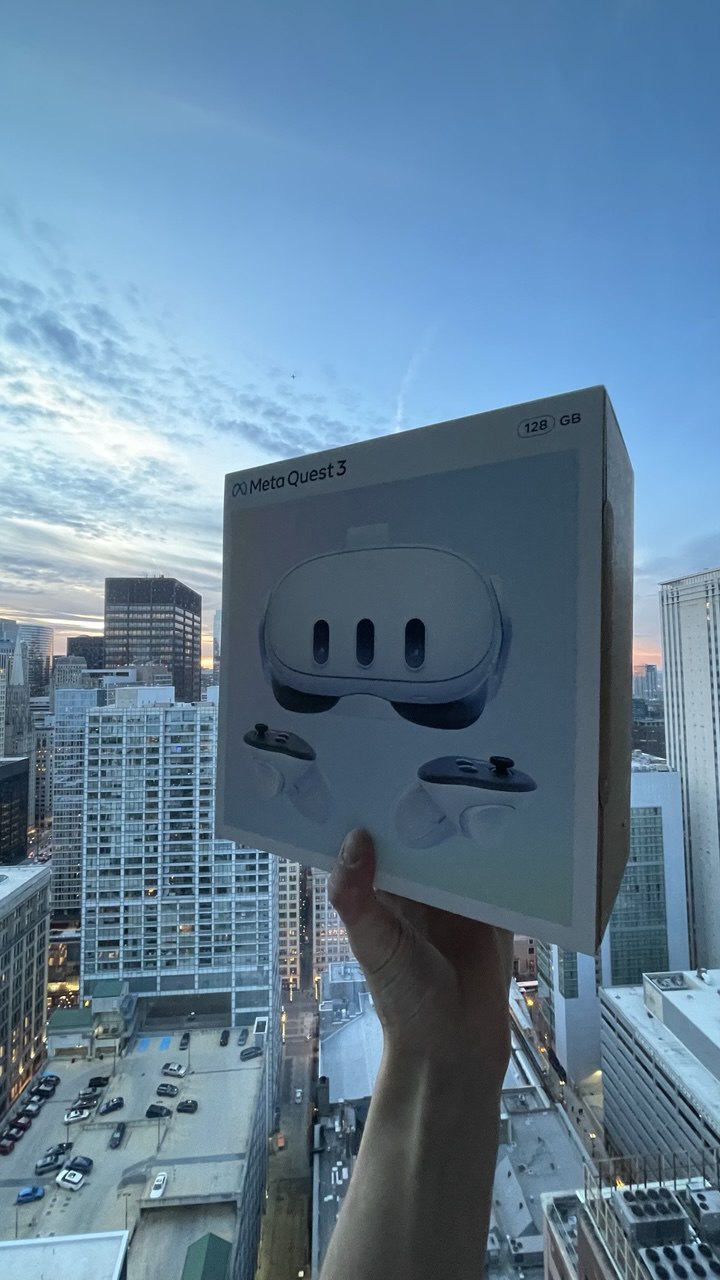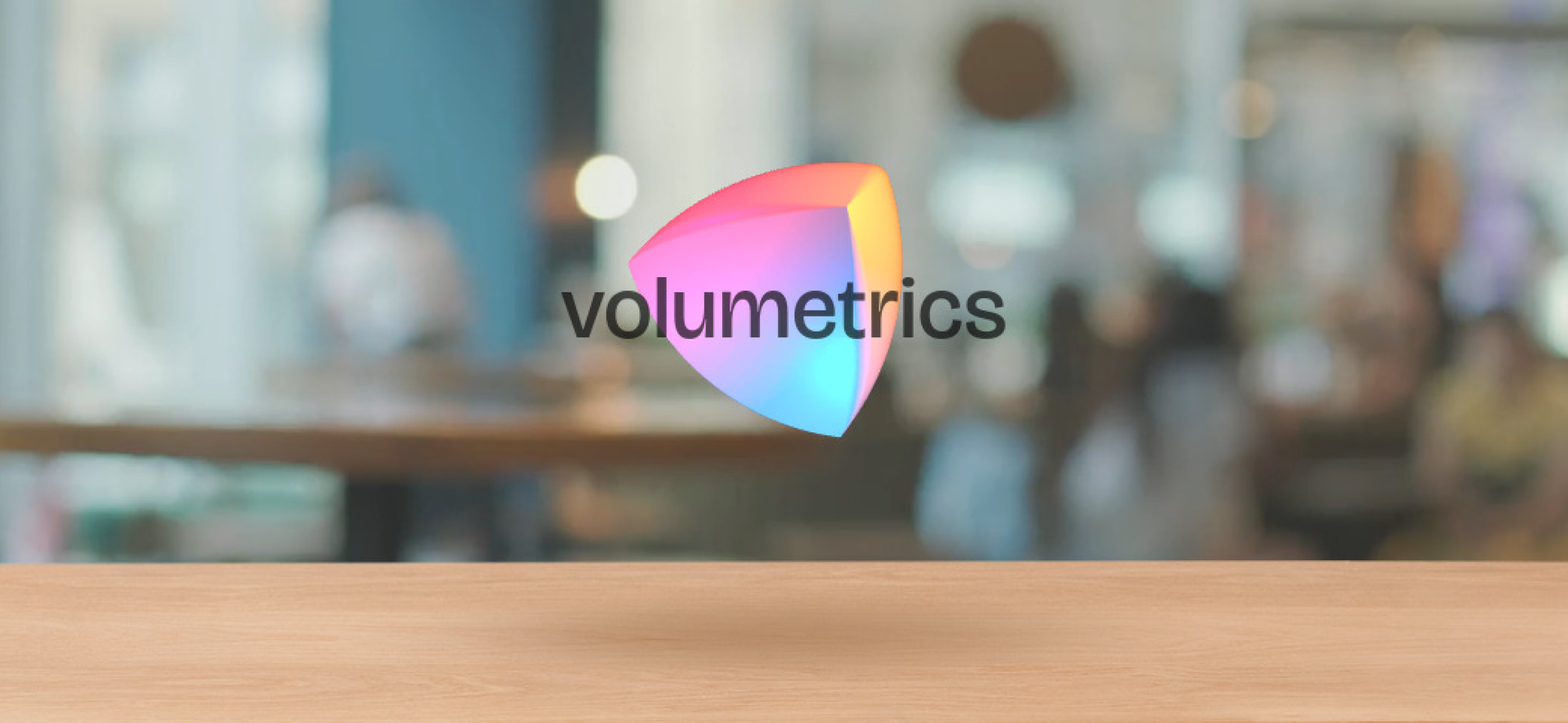Contribution to Volumetrics

Being part of a mighty ambitious team, I contributed my creative ideas to design and development of MR experiences. The first project that I worked on with Laurent Baumann - a founder of the company, was a visualization of a poem "I Wondered Lonely as a Cloud" by William Wordsworth. The experience had multiple interactive elements. A floating scrollable window page with text on it presented the poem. The virtual environment surrounding the user with a skybox immersed the user into the story. The skyboxes would change on page scroll supporting the context of the poem. Some of the skyboxes were Ai generated to create an authentic dreamy virtual environment.
Mixed Reality Development
Designing a new software for mixed reality 3D experiences, I took initiative in researching 3D file types that are trending in Web3D and among 3D artists. Currently, .glb (Khronos Group) and USDZ (OpenUSD) are the most common file types with extensive suppoort on web. I tested 3D objects' textures, geometry, and animation on import into mr.js. Building an MR experience, designers and developers should have full support using their 3D assets. In the example below, the feature of integrating a 3D model of different fishes is shown. The model is overlayed on top of the page and supports animation.
Spatial Anchoring
Another important feature I worked on at Volumetrics.io is Spatial Anchoring. The team design a software extension, allowing to place 3D model spatially: table-top, walls, surfaces. What does this mean for designers and developers? The feature gives more control over the experience. The users can place 3D animated or interactive models spatially surprising the user or letting them explore the world around them. Blending digital objects with physical environments opens a whole new lot of possibilities for spatial design. I have tested each and everyone of the spatial features of mr.js and can confirm the ease of use of the software and adaptability of the software to the developers' needs. The demo below shows how different fishes can be spawned on a table-top and exist within the user-defined spatial boundary. All of this works as a website which to me is mindblowing. I am proud of the team's successful execution of this feature.
Alternating Space
In addition to table-top experiences, users can place their visuals on walls and transform the space around them with wall anchors. This demo shows how adding a wall anchor to the experience opens a new dimension of immersiveness for storytelling. 3D models can jump from walls into the user's space or can alternate the look and feel of the space.
Envision, Draw, Design
I encourage designers and developers to try out the framework themselves. It is a great opportuinity to get a foot in the door of Mixed Reality Design and Development. I found mr.js to be a great tool for prototyping my ideas on MR interactions. Greatest benefit to me is the speed of building the project and trying it out inside a headset. Takes seconds to see the updates and is a very reliable framework. Go and try it out!
Build with Volu!